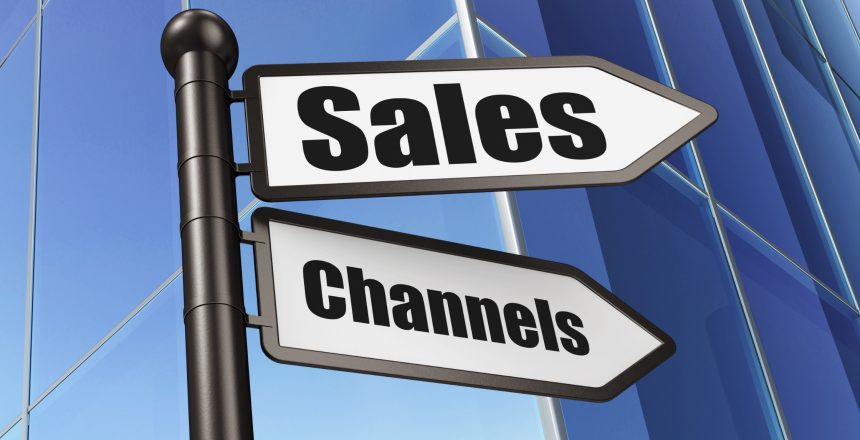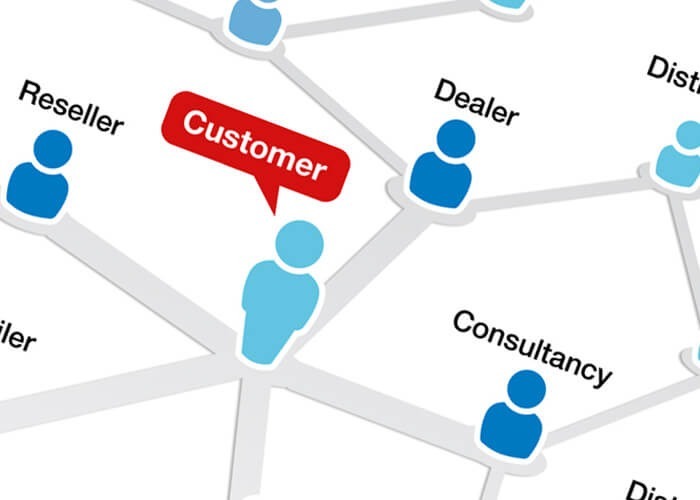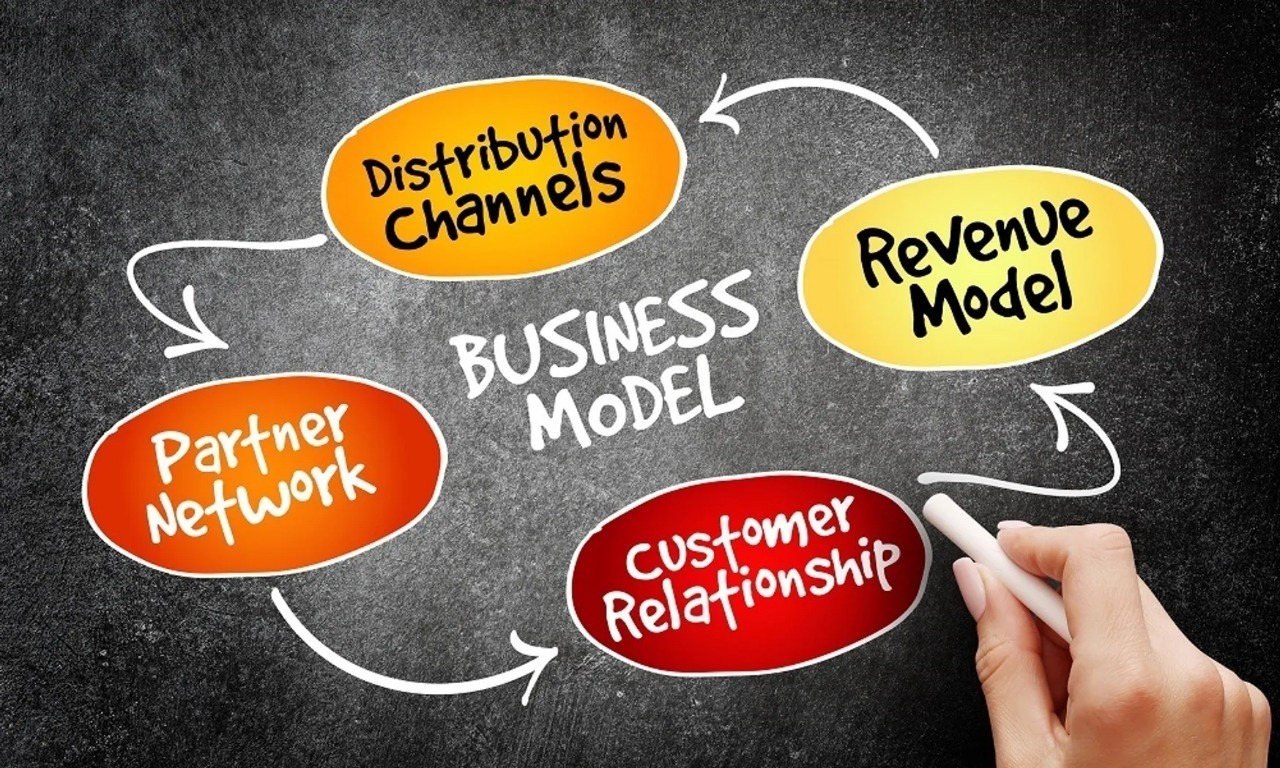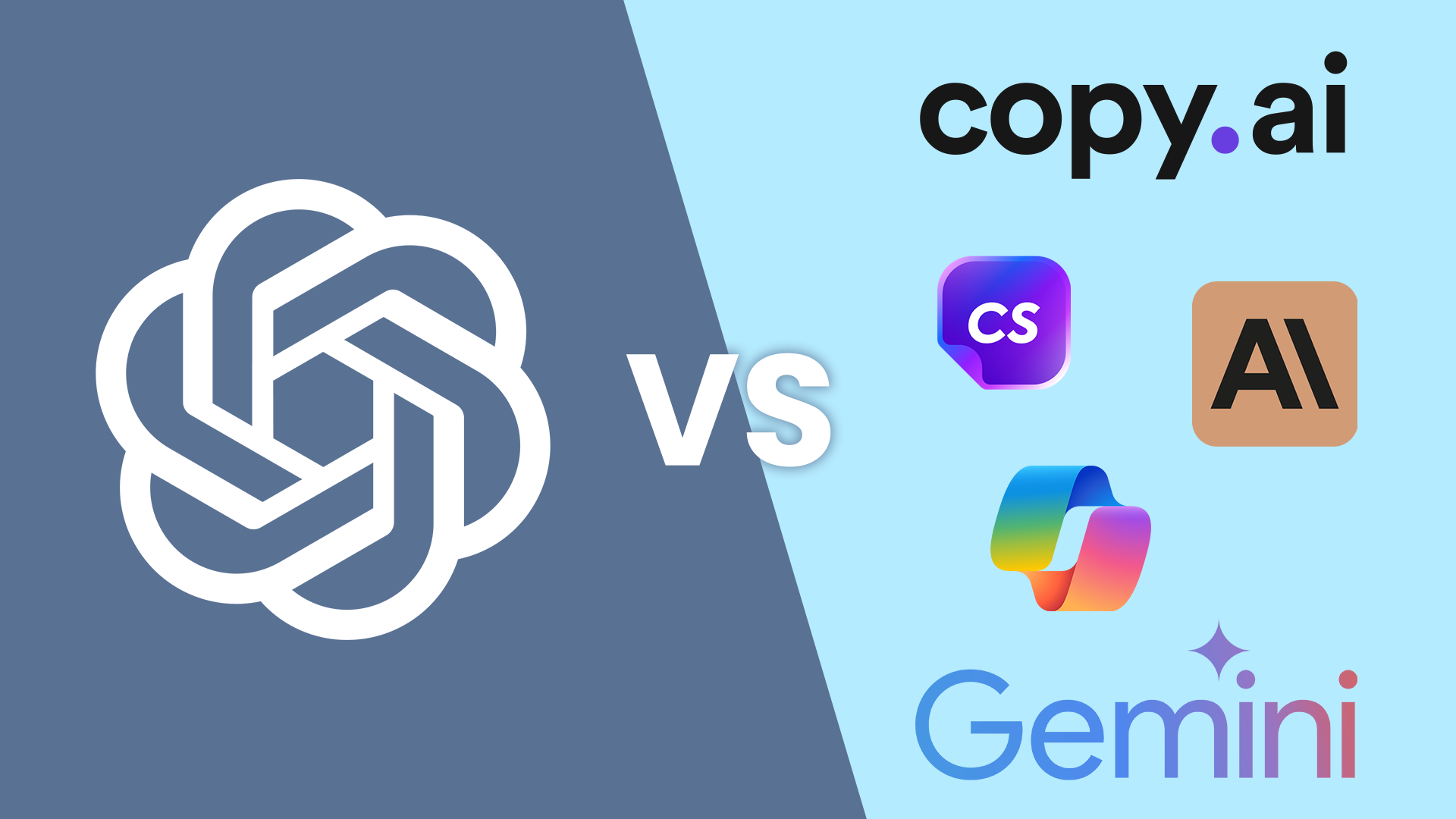Table of Contents
Introduction
Channel sales are secondary sales where the company distributes the products and services. It will act as an intermediary; in specific businesses, they sell products and services straight to the buyer.
In channel sales, we depend on the intermediary for selling the product and services. An intermediary will get a commission on each purchase. It is also about challenging the buyers and disrupting their current thinking to teach them.
We have a brief explanation for the question “what is channel sales?” in MYNPEC. This process includes business to business channel sales where there is a wide network for social platforms for the owning business dealers.
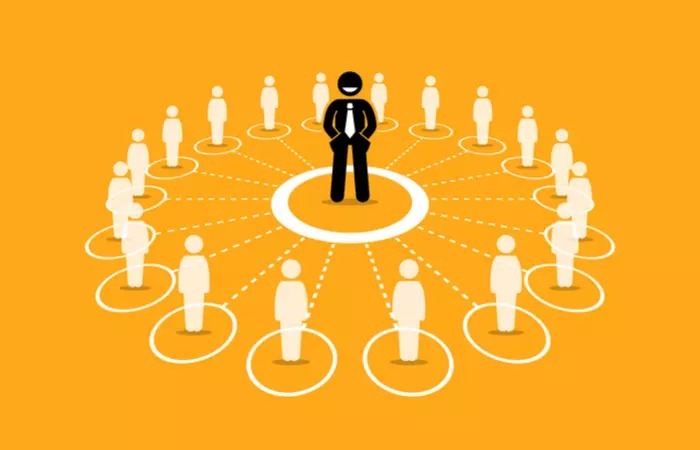
Source : Google.com
something new. It apprehends how the best sales Evocative explains what makes their offerings distinctive and powerfully shares their buyers’ capabilities.
Let us discuss the channel sales briefly below. Channel sales partners have the complete responsibility of selling as well as gaining realty. There is no pre-limited duration
For example, you will purchase a new mobile in a mobile store or website, and it will be considered a straight sale.
However, if you were to buy a new phone at best buy, you would be using one of the brand channel sales to purchase the same product.
Channel strategy involves using intermediary and consort such as referral consort, affiliate consort, dealers, shopkeepers, trading places, or value-added resellers to sell products and services. Cross channel sale is equal to multi channel marketing entails passing data between channels to create a seamless customer experience.
Easily we can drive by choosing a structure for the channel sales consort. A channel consort is a company that consorts with a manufacturer or producer to market and
Source :mapmycustomers.me
Trade the manufacturer’s product, services, or technologies. Channel consort who work as an extension of your sales team can help increase your sales and consumer loyalty.
Usually, it can be done by co-branding. By strengthening your consumer relationships by offering them savings through the community and choosing the right group of channel consort, the traders can get a high bang for their buck.
They can increase their revenue by selling the new product to the existing buyer. The 80/20 rule is well known in channel sales.
The major point to be included is channel sales enablement where it is said to be partner enablement with direct and indirect customers. It defines that, on average, 20% of a trader’s consort will generate 80% of the intermediary sale channel’s revenue.
Category channel sales development includes the customers and direct implementation of the different categories.
Channel sales vs direct sales
Direct sales always includes without the process of the middle man where the channel sales includes the third person to involve in it.
Choosing the right channel will favour the business and will lead to the exact path. Always having direct channel sales is far better than having an indirect process.
In channel sales, the trading channels vary depending on how the product moves from the manufacturer to the buyer.
Source : google.com
1.Straight trading channel
Some business development executives also refer to the straight channel as the zero-level trading channel.
Channel sales consulting includes the creation, recreation channel programs as well as the reciting and training resellers. Retail channel sales includes a strategy to sell a product via in-house sales teams, dealers, retailers, affiliates, or direct marketing.
Manufacturers with goods are the ones who mainly utilize this trading channel. Those with expensive goods or an audience in a given geographical location also use straight trading channels.
Saas channel sales includes the point og go-to-market strategy. The specific point includes sales scale ratio, advantages of partners.
2. Trading through connectors.
It is a secondary channel of trading that involves a connector, an intermediary, trading a manufacturer’s product to the buyer. We have three levels of channels: first, second, and third-level channels.
The product moves from the manufacturer to the vendor in the first level channel, finally selling it to the buyer. It will help you reach more buyers, thereby increasing the profit.
The second level deals with the products moving from a manufacturer to the retailer who sells them to the vendor. The vendor then sells the product to the buyer.
A manufacturer, business development executive, shopkeeper, and vendor are involved in the third level before the buyer gets the products. They all were important in the sales process. This sales channel becomes necessary when the demand for a product or service is high.
3. Dual trading
It involves manufacturers or vendors continuously using more than one sales channel to get a product to the buyer.
They have the power to open a showroom for selling a product while still using online platforms to get customers. Other trading agents will also be looking for the customer of the same product sold in the showroom and online.
It is best used by the computer manufacturer and vendors who sell the computer. Channel sale distribution is the process of distributing the product and this process focuses more on the different selling products. Channel sales examples include getting the product from the third party for the business deals.
4. Reverse channels
The sales process does not follow the reverse order. It is because technology has revolutionized sales introducing recycling and resale of products.
A business development executive purchases a product and comes up with ways of making more money through recycling a product, such as paper and plastic.
It will be the beneficiary of sales. Category channel sales development holds the responsibility to all the deals and customers across all channels focusing on shelf life, competitors activities.
Channel sales pros and cons
While adopting channel trade has tangible benefits, a few drawbacks make it less than ideal for some tradings. They offer many additional services to businesses interested in constant growth.
Making sense in the sales is about building consumer’s self-confidence by
- Connect buyers to carefully curated, helpful information.
- Clarifying information by explaining, simplifying, and clarifying apparent inconsistencies.
- Collaborating on buyer learning through Socratic guidance
Source : google.com
You’re not directly managing the trade process. It has the consort of mismanaging a deal. It can also be zero say over the deal’s timeline, which can be frustrating.
Channel trade offers many benefits, but it might not be right for the company. It will be very useful when exploring markets, as channel trade enables a company to benefit from an intermediary with an established presence.
By using the internet as a primary source, trade channels offer. Channel sales process cannot be stopped or pointed at a single end, it is a cyclic chain.
Conclusion
Opening a store is more expensive than building websites, and you can reach buyers online anywhere in the world.
Channel is the speed at which you can distribute the product in large geographic areas. We can get into the internet to promote together to create a best practices community for channel management. We can increase the channel sale by using modularized content for each stage of the vending process.
FAQs
1.How will Channel Sales be useful?
If you’re looking to scale your business, a channel sales model can do the trick.
2.How will the Channel Sales Management act?
Multi-channel eCommerce Management Online shoppers have no choice based on the ecommerce pie.
3.What is meant by Channel Sales strategy?
A channel sales strategy can be an excellent way to build revenue at your company. However, you’ll need an effective channel strategy and the right channel partners.
4.What will be the Complete Guide to Channel Sales ?
Build a strong channel sales program through smart partner recruiting, onboarding, and more
5.What is the Channel Sales Strategy?
BI WORLDWIDE channel sales loyalty solutions support strong, lasting distribution channel and channel partner relationships to build a network of channel partners, support sales, ongoing engagement, and brand loyalty.
